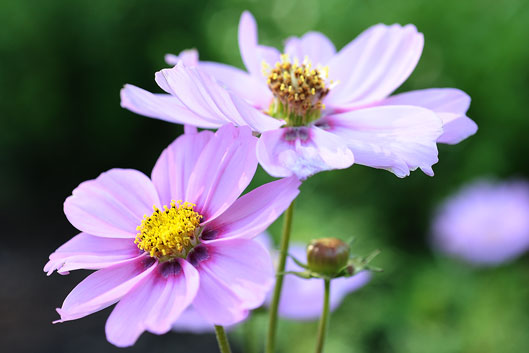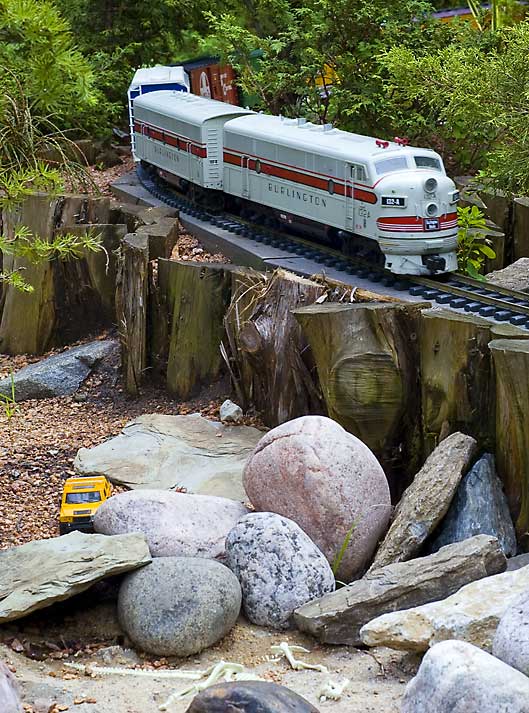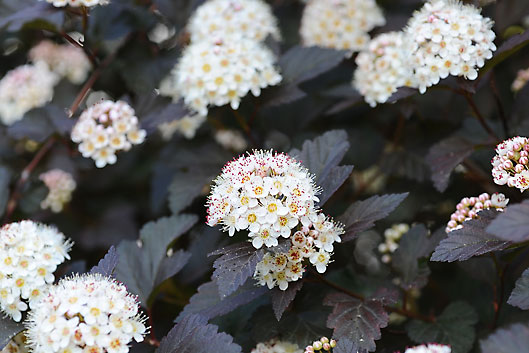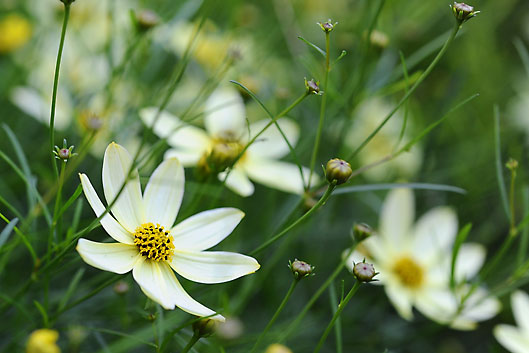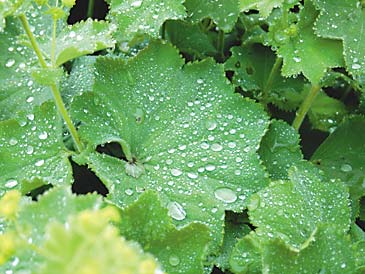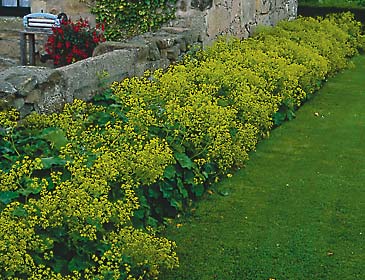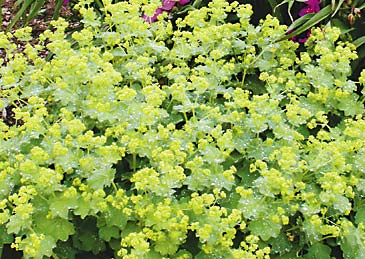What is meant by the term “tissue culture”?
In its simplest form, tissue culture (also known as micropropagation) is a technique of plant propagation whereby plants are started from very small pieces under aseptic (sterile) conditions usually on an agar-based medium. Plant parts as small as tiny stem tips, nodes, embryos, seeds or pollen are placed on a special culture medium. The nutrient medium used may vary considerably depending on the growth requirements of the specific plant grown. By varying the medium content, the plant part may be caused to produce undifferentiated callus tissue (which may be further subdivided later on), multiply the number of plantlets produced, grow roots or multiply embryos.
Tissue growing techniques allow gardeners to propagate large numbers of specific clones in a relatively short time in a small amount of space. These techniques can also be useful in producing pathogen-free plants. Tissue culture techniques are widely used by orchid growers and other members of the greenhouse and nursery industry.

